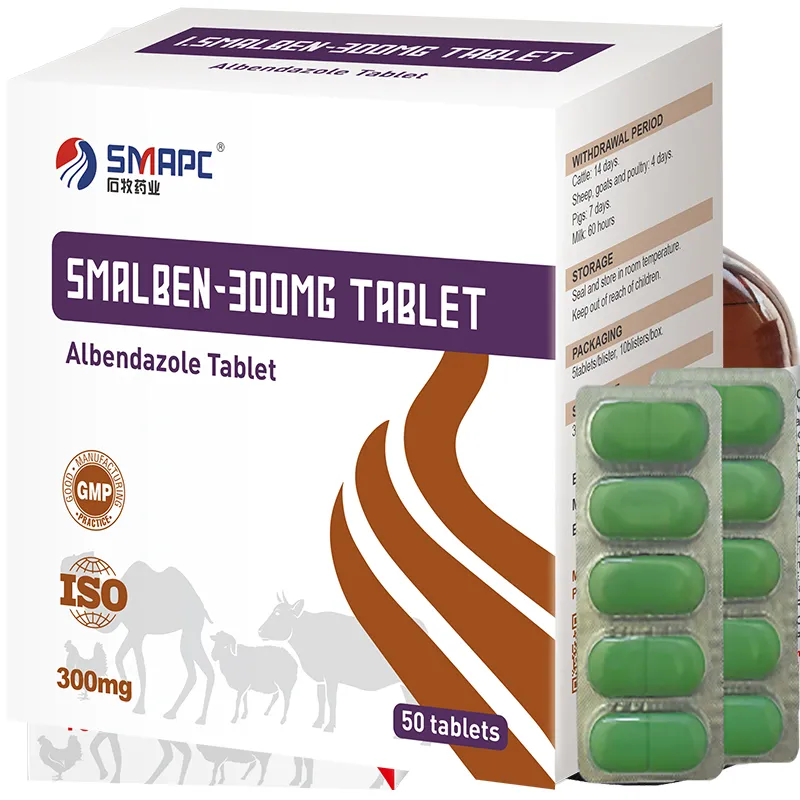Jul . 25, 2024 09:58 Back to list
Effective Treatments and Preventive Measures for Cattle Bloat in Livestock Management Practices
Cattle Bloat Medicine Understanding and Managing a Critical Condition
Cattle bloat, also known as ruminal bloat, is a serious and potentially life-threatening condition affecting ruminants, particularly cattle. It occurs when there is an accumulation of gas in the rumen, the largest compartment of the stomach, leading to distension and discomfort. As a cattle producer or caretaker, understanding bloat, its causes, symptoms, and available treatments is crucial for effective management and ensuring animal welfare.
Causes of Cattle Bloat
Bloat can be categorized into two main types frothy bloat and free-gas bloat. Frothy bloat is more common and occurs when ruminants consume large amounts of lush, rapidly fermentable forage, such as certain leguminous plants. The fermentation process produces foam that traps gas, preventing its passage and causing rapid rumen expansion. Factors such as sudden dietary changes or overconsumption of specific feeds can exacerbate this phenomenon.
Free-gas bloat, on the other hand, results from an inability to expel gas due to various obstructions or motility issues in the rumen. Causes may include esophageal obstructions, certain systemic diseases, or suboptimal rumen function. While free-gas bloat can also be serious, it can often be managed more easily compared to its frothy counterpart.
Symptoms of Bloat
Recognizing the symptoms of bloat early is essential for treatment. Common signs include a distended abdomen, difficulty breathing, excessive salivation, and signs of discomfort such as kicking at the abdomen or arching the back. In severe cases, animals may exhibit signs of shock or distress, including lethargy and collapse. Observing and monitoring cattle regularly can help identify these symptoms early, allowing for prompt intervention.
cattle bloat medicine

Treatment Options
Immediate intervention is critical in managing bloat to prevent severe complications or death. The treatment approach depends on the type and severity of the bloat.
1. For Frothy Bloat The administration of antifrothing agents, such as poloxalene or simethicone, can help break down the stable foam, allowing gas to escape. In severe cases, inserting a stomach tube may be necessary to relieve pressure while administering these medications.
2. For Free-Gas Bloat Treatment often focuses on relieving the obstruction or improving motility. This can involve passing a stomach tube to release the gas or, in some cases, surgical intervention. Antibiotics may also be administered if an underlying infection is suspected.
3. Prevention To minimize the risk of bloat, gradual dietary changes are essential. Introducing cattle to new feeds slowly can allow their rumen microflora to adapt, reducing the likelihood of bloat. Additionally, providing access to anti-bloat products and ensuring adequate roughage in the diet can aid in prevention.
Conclusion
Cattle bloat is a significant concern for livestock producers, but with proper knowledge and management strategies, it can be effectively addressed. Understanding the causes and symptoms of different types of bloat will help in recognizing the condition early on and providing appropriate treatments. Producers should prioritize preventive measures through managed feeding practices and regular monitoring of cattle. By staying informed and prepared, cattle owners can safeguard their livestock's health and well-being, ensuring successful and productive farming operations.
-
Vital Solutions for Healthy and Productive SwineNewsJul.08,2025
-
Veterinary Powder Is VitalNewsJul.08,2025
-
Understanding Prescription Drugs for AnimalsNewsJul.08,2025
-
Understanding Poultry MedicineNewsJul.08,2025
-
The First Line of Defense in Animal HealthNewsJul.08,2025
-
Role of Veterinary Drug in Modern Animal HealthcareNewsJul.08,2025
Products categories







